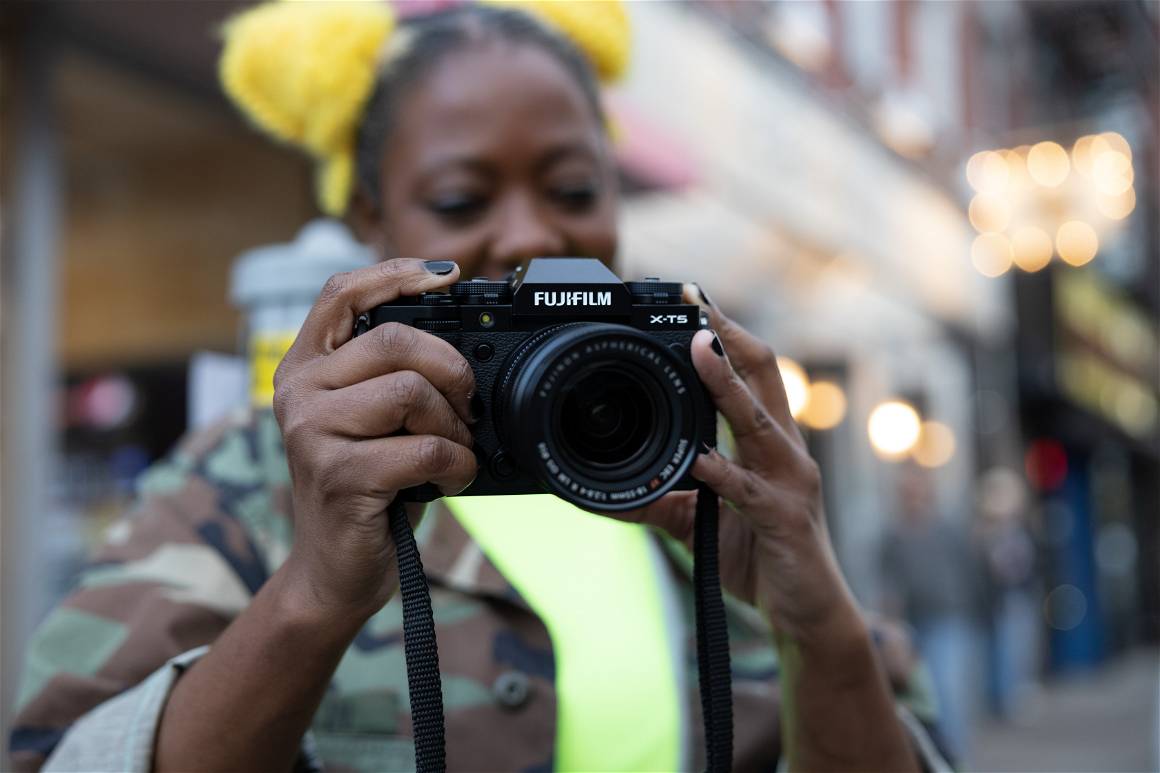This article explores the important role of sustainability within the photography industry and, by using MPB as a case study, discovers how a company can mitigate environmental impact through long-term strategies.

Sustainability in Photography: Embracing Second-Hand Cameras and Equipment
The narrative of sustainability has made its way into various industries, reflecting a universal concern for a more responsible and harmonious existence with our environment. The photo industry, with its unique combination of regular technological advances and artistry, is no exception. Questions arise: can the photography industry be sustainable and eco-friendly? Why is it important for this industry to adopt sustainable practices? And are there tangible examples that answer these questions?
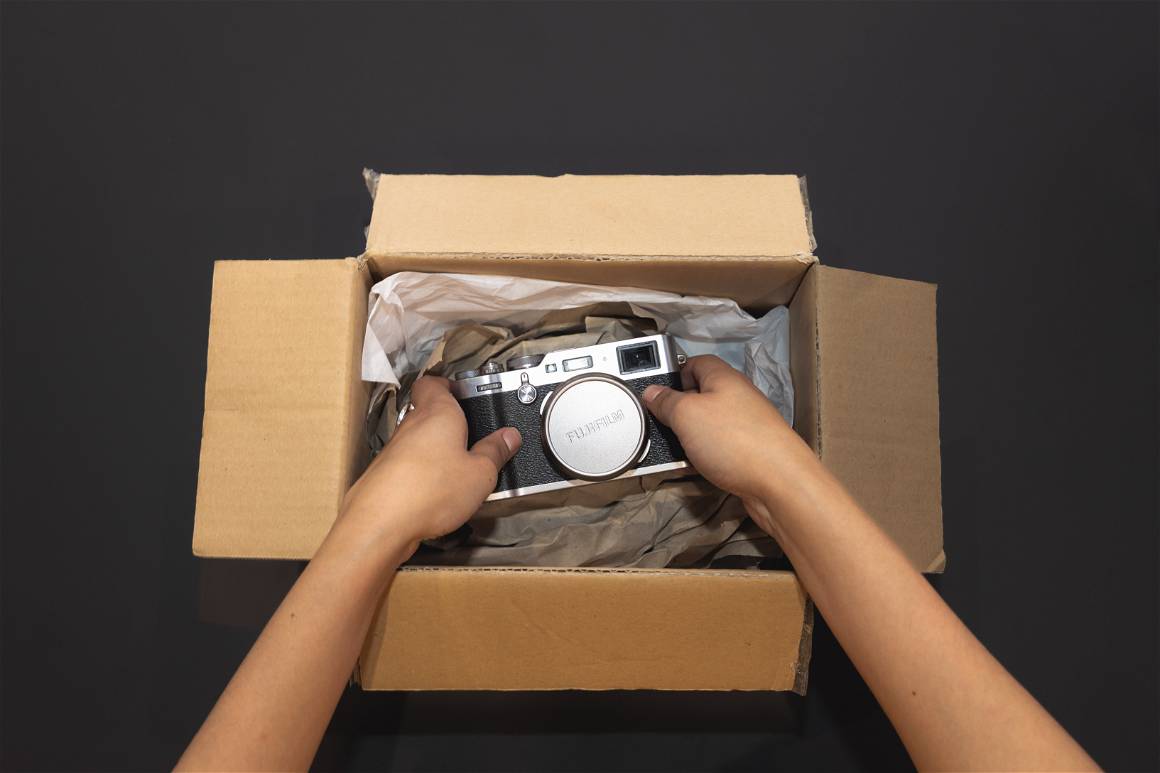
Sustainability in Photography: What Does It Mean?
Sustainability in photography is all about one sentence: photographing in a way that ensures our future generations can do the same as us. Using the tools responsibly, both in terms of having an influence on the world with our strong instrument and in terms of minimizing our environmental footprint as we go on our narrative adventure by choosing used or otherwise recyclable products wherever possible.
There are many ways to learn how we can become sustainable storytellers, but we will focus on how companies can help for this purpose. While few companies are treading this path, MPB has actively championed it as a long-term sustainable choice. With a commitment to circularity, inclusion, and diversity, MPB is not just another platform but it’s an innovative global ecosystem where over 625,000 visual storytellers converge to buy, sell, and trade used photography and video equipment. They send zero inbound or operational waste to landfills, and over 485,000 cameras and lenses are recirculated every year, making it a location where creativity meets respect for the environment. This effort not only broadens the availability of high-quality instruments but also considerably lengthens their useful lifespans and increases their potential for innovation.
Why Addressing Waste Reduction in Photography Matters?
Photography, an influential medium, holds the remarkable ability to capture and narrate our world’s story and showcase the happenings of the present for the future. Storytelling itself is a powerful tool for environmental support, but the cameras we use are just a key. Even as technology rapidly evolves, presenting fresh updates, it is vital to be mindful of our choices’ environmental footprints. As Matt Barker, MPB founder and CEO, says: “As your skills and interests change, it is understandable that your kit needs might change too, but that doesn’t mean your old camera has to sit forgotten at the bottom of your kit bag or be sent to the landfill.” Fortunately, according to research, more than half of photographers believe that e-waste is a problem in the photography industry that needs immediate attention too. This is understandable, given that 155,000 tonnes of electrical waste are sent to landfills annually.
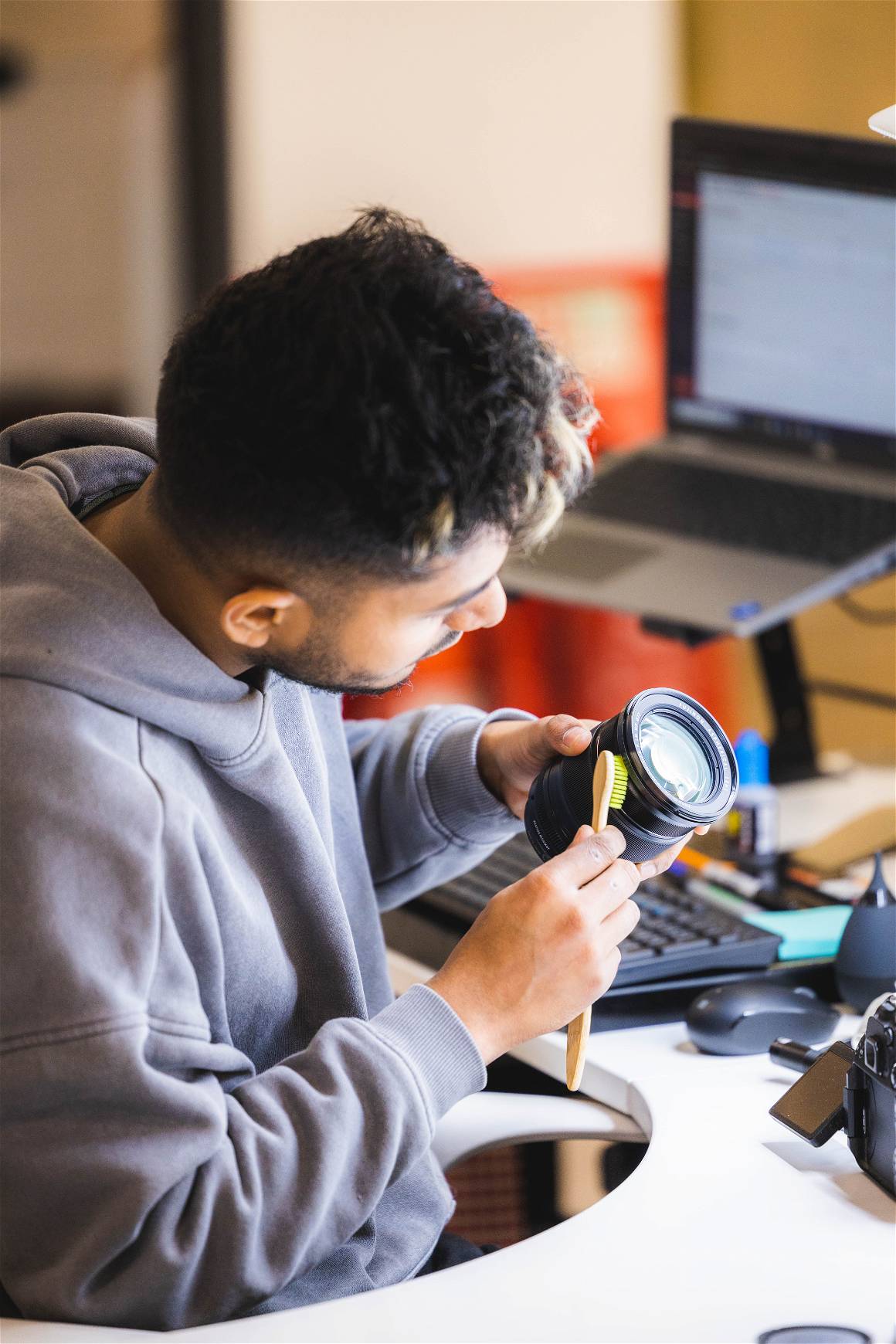
Circling Back to Circularity
Adopting the idea of a circular economy for the photography and videography industry is an important step toward achieving sustainability. This means moving away from the traditional “make, take, dispose” model to one in which goods are continually utilized and reused. Take MPB for instance. The business model of “buying, selling and trading used kits” is based on circular principles. There’s more, however. The company has made a number of commitments to demonstrate their dedication to circularity, including switching to plastic-free packaging and other eco-friendly methods, using renewable energy (more than 50% by 2022), offsetting their greenhouse gas emissions, sending no inbound or operational waste to landfill amongst many others.
Inclusion and Diversity: Beyond Just Words
Despite the environmental facts and eco-friendly approach, supporting and assisting everyone coming from different backgrounds to have access to affordable photography and video equipment simply implies inclusion and diversity. MPB’s proactive stance in this area is noteworthy, especially in light of its inclusive recruiting practices and its emphasis on boosting employee potential via training. They also encourage and support inclusive visual narratives from storytellers firsthand.
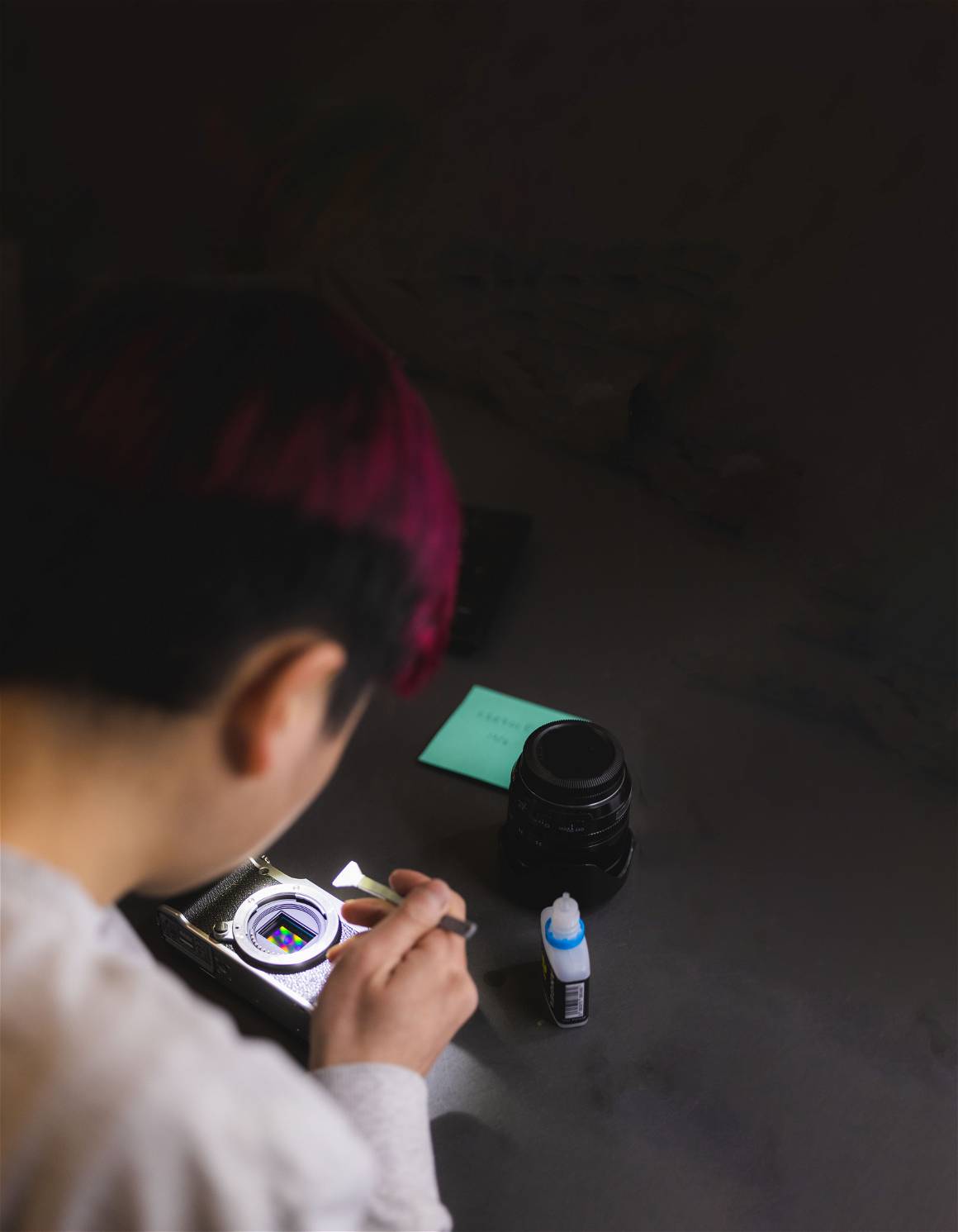
Transparency: Powering the Future Responsibly
Since sustainability is sometimes mistrusted due to greenwashing, transparent reporting by companies with established reputations for sustainability is critical. Companies earn trust from customers when they measure and disclose their sustainability results. MPB, for example, has consistently published annual data, setting a standard in the photography industry. This data can be found in their 2022 impact report, publicly available to whoever wants to access it.
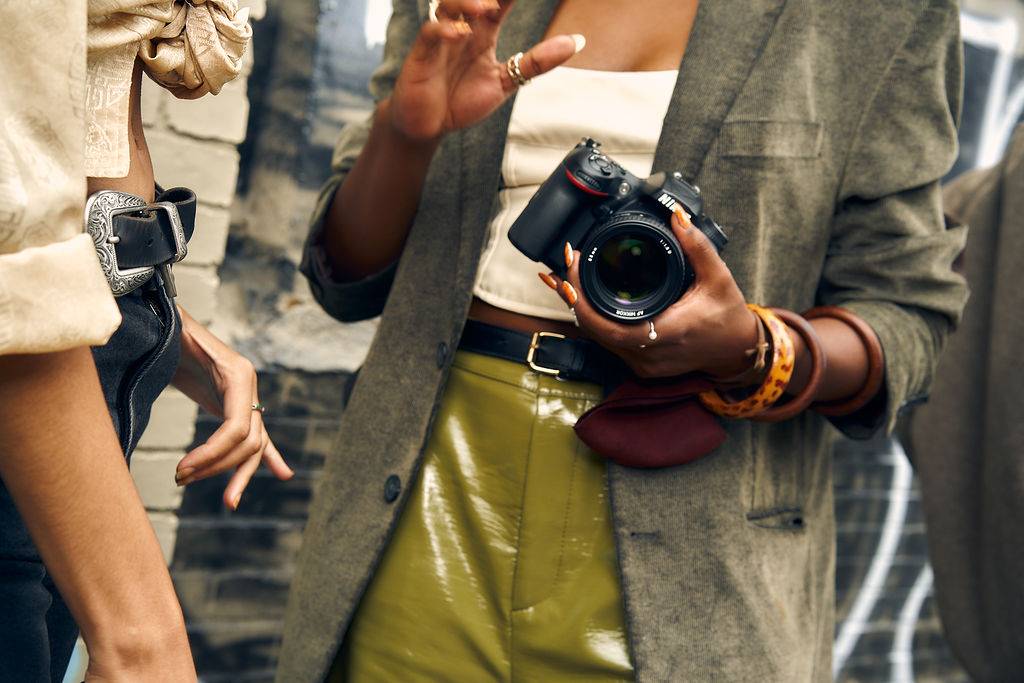
“As your skills and interests change, it is understandable that your kit needs might change too, but that doesn’t mean your old camera has to sit forgotten at the bottom of your kit bag or be sent to the landfill.”
Shaping the Future: Towards a Green Landscape or an E-Waste Dump?
To truly grasp the gravity of our choices, we must envision the potential outcomes of our actions today and think about the world we want to create.
Green, fresh, bright and alive: picture yourself standing under a big blue sky, and a sea of green stretches out. The soft and bright grass seems to wiggle and wave, pushed by a playful breeze. We would like to see this image in our environment now and for future generations, yet reality sometimes diverges sharply from our wishes.
Now, shift your perspective: standing under a gray, smog-covered sky, a vast expanse of discarded gadgets, cameras and wires sprawl out, looking like a graveyard of forgotten tech dreams. The ground, littered with cracked screens and rusted electronics, crunches and cracks underfoot, echoing tales of obsolescence. The air is still heavy with the smell of burnt plastic and metal decay: no flowers, no colors, just the faded logos of brands long outpaced by newer models.
Reflecting on these contrasting images between our natural environment and the e-waste landfills that are springing up even now that we read this article in different corners of our world, the poignant message of sustainability becomes strikingly clear. Our insatiable appetite for the newest gadgets, combined with a throwaway culture, has left scars upon the very earth that sustains us. Environmental concerns are becoming more of a focus for industries, and the photography sector is no exception. Recent and rapid technological updates in photography and videography equipment have shifted the spotlight onto this sector, highlighting the need to find a way to make it more sustainable. The use of second-hand cameras and other gear stands out among the many other options.
While MPB’s journey in the photography industry offers valuable insights, the takeaway message is broader: the photography industry, akin to others, faces a critical juncture. Through the example of MPB, we witness how embracing sustainability, from circularity and energy efficiency to inclusivity and transparency, ensures that the sector thrives in a world where responsibility is a defining factor.
But here’s the thing: this commitment extends beyond the work of a single company; it also includes your own journey. As a part of this global community, your personal choices are making a difference in this world-changing process. Whether you have a photography or videography set sitting around collecting dust or are ready to explore something new but lack the necessary equipment, working with platforms like MPB makes your statement about the necessity of sustainable practices in this industry and beyond. This is a small step you can take towards making a big impact; what’s your next move?
Photo: MPB
Read more in The Game Magazine:
Visions of Sustainability: An Interview with Photographer Andrea Savorani Neri
From Lens Choice to Weather Challenges: MPB’s Amy Moore Talks Outdoor Photography



